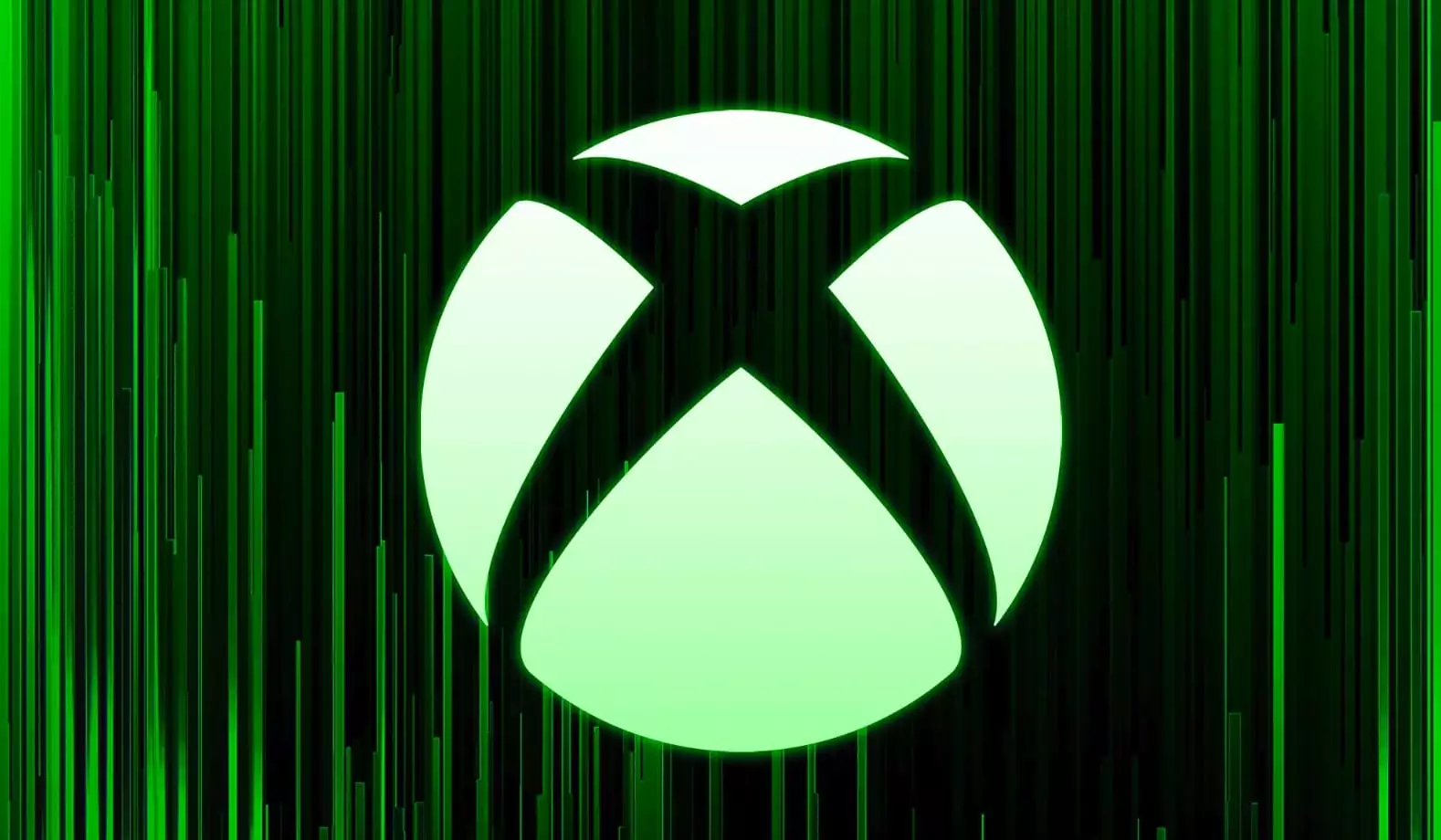In a recent announcement, Phil Spencer, the CEO of Microsoft Gaming, shed light on the company’s intentions to develop a major handheld gaming device. This revelation, shared during an interview with Bloomberg, highlights Microsoft’s strategic move into an area that is becoming increasingly competitive. Although the prototype is still in its developmental stages, Spencer’s comments indicate that significant planning is underway, signaling a commitment to expanding Microsoft’s gaming ecosystem.
Microsoft is reportedly conducting thorough research into the handheld gaming market, aiming to identify opportunities that align with its vision. This exploration has been prompted by a booming market that has seen various devices emerge with unique offerings, such as the Valve’s Steam Deck and devices from Asus and Lenovo. Spencer’s awareness of the current market dynamics prompts questions about where Microsoft’s offering might fit into this expanding landscape. By leveraging existing knowledge and experiences, the company seems poised to carve out a niche that resonates with gamers seeking a distinct handheld experience.
A crucial point raised by Spencer is the desire for the new device to support local gameplay, diverging from the cloud-centered approach many competitors are pursuing. This desire reflects a foundational philosophy that local gaming provides a more robust and reliable user experience. While cloud gaming has its merits, players often experience issues such as latency, which can detract from gameplay. Microsoft’s preference for local capabilities could set its device apart, appealing to gamers who prioritize performance over convenience.
Despite Microsoft’s ambitions, it’s essential to recognize that there are already numerous handheld devices capable of running Windows and playing Xbox games. For instance, the Asus ROG Ally and Lenovo Legion Go showcase the feasibility of enjoying Xbox Game Pass and other services on the go. This existing competition raises a critical question: What unique value would a Microsoft-branded handheld bring to the table? Beyond the promise of a more optimized user interface, it remains uncertain how Microsoft’s entry would redefine the handheld gaming experience.
As Microsoft forges ahead with its plans, the focus will likely be on identifying gaps in the current market. Spencer’s enthusiasm for innovation indicates a belief that Microsoft can deliver a product that enhances users’ gaming experiences in ways that third-party devices may not. The excitement surrounding the potential of a Microsoft handheld device underscores a broader trend of gaming hardware being viewed as an extension of the brand’s reach and influence.
In closing, while concrete details about the handheld device remain sparse, Microsoft’s commitment to exploring new frontiers in gaming is unmistakable. As the industry evolves, the countdown has begun for what could emerge from Microsoft’s ambitious endeavor. Gamers and industry watchers alike must remain patient as the tech giant navigates the complexities of the handheld gaming space. The next chapter in gaming could very well hinge on Microsoft’s adeptness at recognizing opportunities and executing innovative solutions that define the future of portable gaming.

